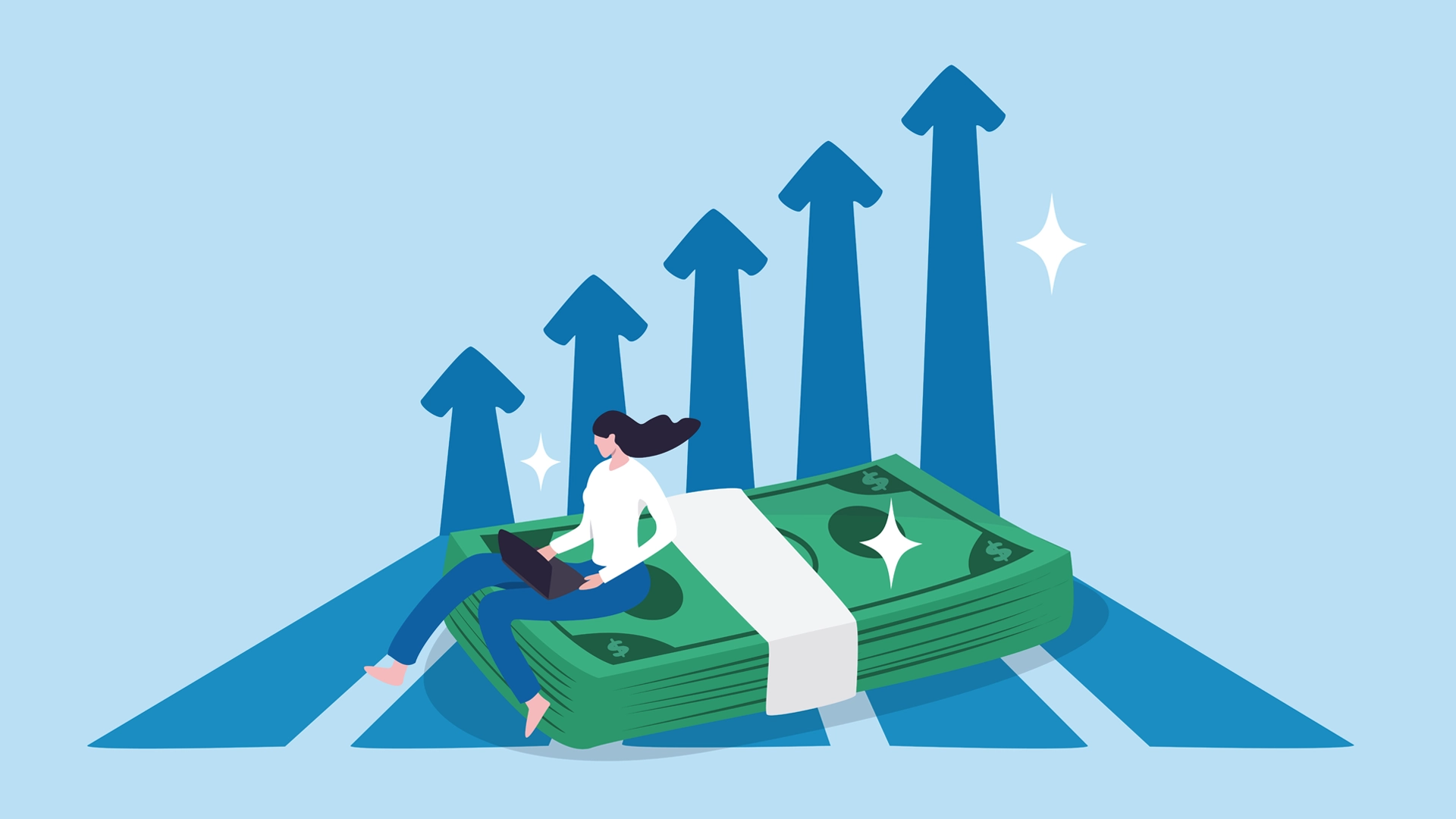Great! The first step is – without a doubt – having accessible design on your radar. It’s something that’s kind of a big deal, and it’s something that Tim Berners-Lee, inventor of the World Wide Web, said was critical for every user way back in 1997 (ten years before the first iPhone, and nine years before Facebook was open to the public). It’s even more important now with strict legal policy like the European Accessibility Act coming into force.
What Does it Mean?
Darren Wilson (UX Designer at UXcentric) puts this simply: “Digital ‘accessibility’ relates to design of content so that it can be used by everyone, inclusive of those with varying limitations of the following abilities:
- Visual: Blindness, low vision and colour-blindness
- Motor: Reduced ability to use a mouse, slow response time, limited fine motor control
- Auditory: Profound deafness and hard of hearing
- Cognitive: Learning difficulty, easily distracted, an inability to focus on large quantities of information or data”
It’s not necessarily a simple feat, but designing with inclusivity in mind improves the experience for everyone.
Why Should I Be Accessible?
According to the WHO, an estimated 135 million people in Europe live with a disability. As of 2022 approximately:
- 27.4 million people experienced issues with vision
- 24.9 million people experienced issues with mobility or dexterity
- 15.9 million people experienced a hearing impairment
- Over 19.9 million people experienced cognitive difficulties

And it’s not just those with tangible or permanent disabilities (displayed in the chart above) that you need to consider. For each type of impairment there are those that are momentarily incapacitated and those temporarily less able, on top of those with long term disabilities. One example might be a mother carrying her newborn baby and trying to navigate your website with her one free hand – you wouldn’t consider her disabled and yet, in that situation, she has the same needs as someone who only has one hand. In the middle of that range there are those like people who are recovering from a stroke or who have broken their arm – their requirements will be similar again.
The same is true for visual, auditory, and cognitive capabilities too. There are innumerable circumstances for the momentarily incapacitated, temporarily less able, and long term disabled.
Once you realise you’re literally catering for every person at some point in their lives, it becomes pretty clear that accessibility matters.
If you’ve designed your website, app or digital media without taking these people into account, you’re not only ostracising at least 1 in 5 people in Europe, you’re also falling short of the legislation that local governments have introduced to push for reasonable adjustment for disabled people.Regardless of legislation, there’s plenty of evidence to suggest that putting accessibility first benefits SEO, functionality for all users, and even profitability. In a 2018 Accenture study, 45 of 140 companies that stood out for disability employment and inclusion saw a 28% higher revenue, 200% net income, and 30% higher profit margins. It’s also worth noting that, according to We Are Purple, the spending power of disabled households (dubbed the Purple Pound) is valued at upwards of £274 billion per year for UK businesses, with an estimated £2 billion per month being forfeited by businesses who remain inaccessible.
This is an excerpt from The Future is Inclusive: A Guide to Digital Accessibility. If you'd like to read more click here to download your free copy of the guide.
Latest.

Save your tears for the boardroom.
Thought Leadership

Trust, innovation & human connection: Redefining financial services at Eight.
Thought Leadership

From blank page to powerhouse: What I’ve learnt building an in-house agency from scratch.
Thought Leadership




